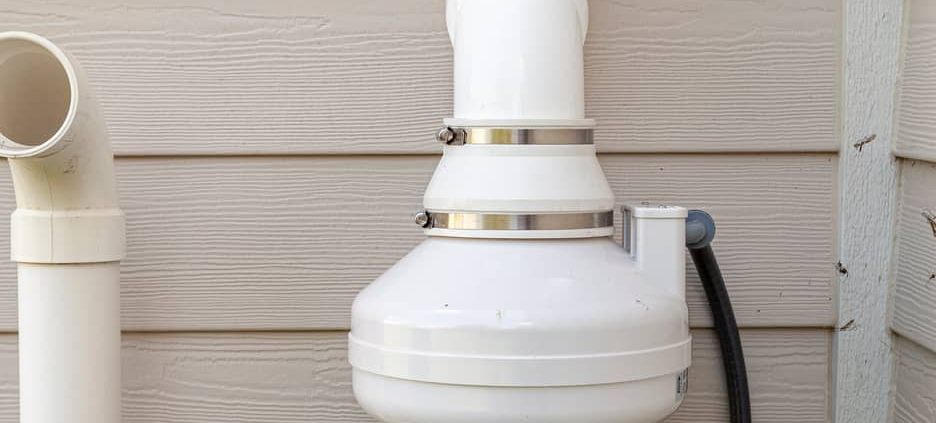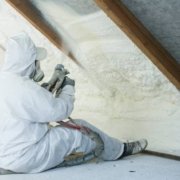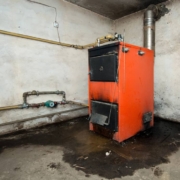Should I Buy A House With Radon Mitigation System
Buying a house can be a stressful situation. There is so much involved in terms of inspections, negotiations, closing costs, and financing. It is no wonder that home buying ranks up there with the stress levels of buying a car or going to the dentist. Most homeowners wish there was an easier way. Unfortunately, the homeowners and home buyers are at the mercy of the banks, interest rates, and the home buying market. The good thing is, that when extras in a home present themselves, should the buyer be upset? Most likely, not. Most homebuyers get excited when made aware of added features in a home. In this case, a radon mitigation system. Should I buy a house with radon mitigation system? Yes! This can only protect you and your family and added features are great.
Let’s take a look below at what more is involved.
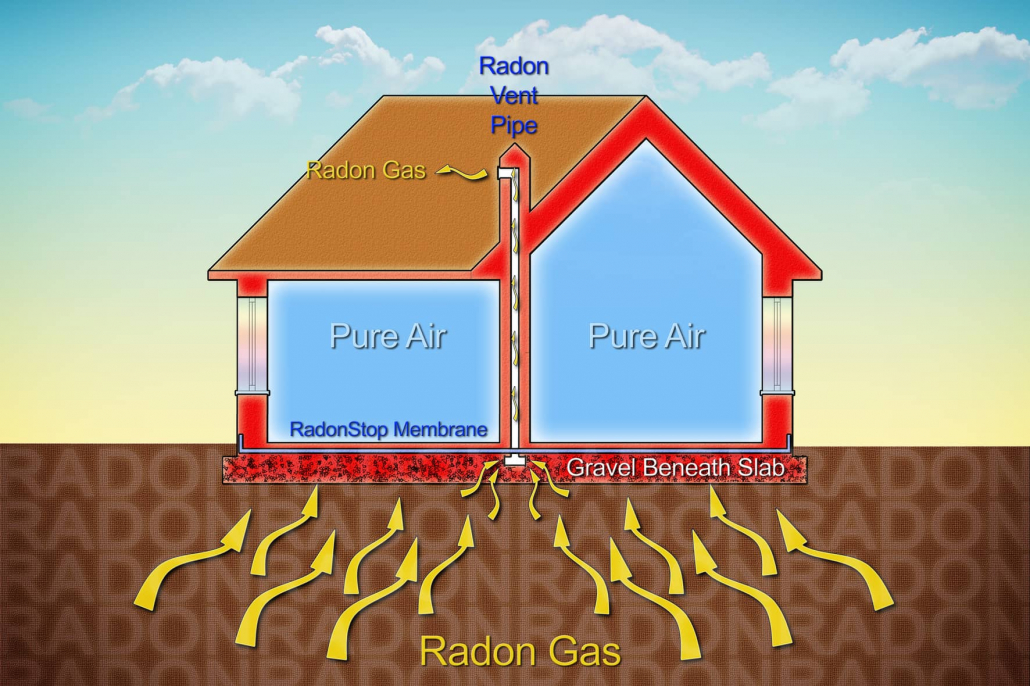
What Is Radon
Radon is a gas that derives from decaying uranium and is a radioactive gas. Radon is found as a naturally occurring element in the earth’s soil. Unfortunately, radon is prevalent in our soil and can become a big problem. Once radon has found a way into your home, it can build up and become trapped. If a home has a radon mitigation system, then it has a vent built-in for the radon to go up through the home’s vent and out into the atmosphere. The radon mitigation system will test for radon as well as remove it from the ventilation of your home.
Where Does It Come From
There are a variety of places that radon can come from. Keep in mind, that those places all point back to the earth. Radon’s existence comes from the earth’s soil and decaying materials within the earth’s soil. Let’s explore some specifics as to where Radon comes from:
- Test your home every two years and install a radon mitigation system if you discover any issues after testing. The home and the materials used to build the home can determine if you will have radon problems.
- Since radon is a bi-product of decaying uranium and radium, it naturally exists in our soil, water, and rocks. Once those sources make their way to your home as disturbed items, the gases can be released through the soil particles.
- Radon is odorless and colorless just like its equally toxic partner carbon monoxide. Like all gases, radon gas rises up through the soil making its way to the atmosphere. If your home is on top of the soil then the gases rise up and make their way through the cracks in your home. According to the Environmental Protection Agency (EPA), 1 in every 15 homes has contaminated levels of radon. Unfortunately, radon is the second leading cause of lung cancer.
- Radon can enter if you have unsealed sump pump areas and cracks and openings in your plumbing and water supply. Cracks in your foundation are great areas for radon to get into your home.
- Radon gas likes to enter though the cracks in your foundation, construction joints, cracks in the basement walls, drafty homes, suspended floors, or areas in your plumbing that aren’t sealed, radon gas can enter your home.
- Keep in mind that radon gas will enter any home. It does not matter how old or new the home is. If at any point your radon levels meet or exceed 4.0 picocurires per liter (pCi/l) of gas in your home, you need to call the professionals. The Surgeon General, Centers for Disease Control, and EPA all recommend that these levels of radon gas are not good for your health and should be removed from your home as quickly as possible.
- Air pressure is lower in a home than its surrounding areas. Because of this, radon gas is trapped in the home as exhaust fans suck out other gases. The radon gas replaces the other gases in the home so understanding that hot air rises is key to understanding how the cycle of air flow works. As the hot air escapes your home in the winter, new air enters the home to replace it. These gases are drawn in from any surrounding area of your home and this vacuum like action is a result of pressure variations in and around your home.
What Is A Radon Mitigation System
Radon mitigation is a system that is installed in your home to warn of high levels of radon in the home. It can also pull radon from your soil that is below the home and vent it up through the atmosphere. By doing this, the radon is not ever passing through the home and the homeowner does not experience any health issues. A radon mitigation system is a great item to have installed in a home. In most cases, it would be considered a nice add-on during a home buying process.
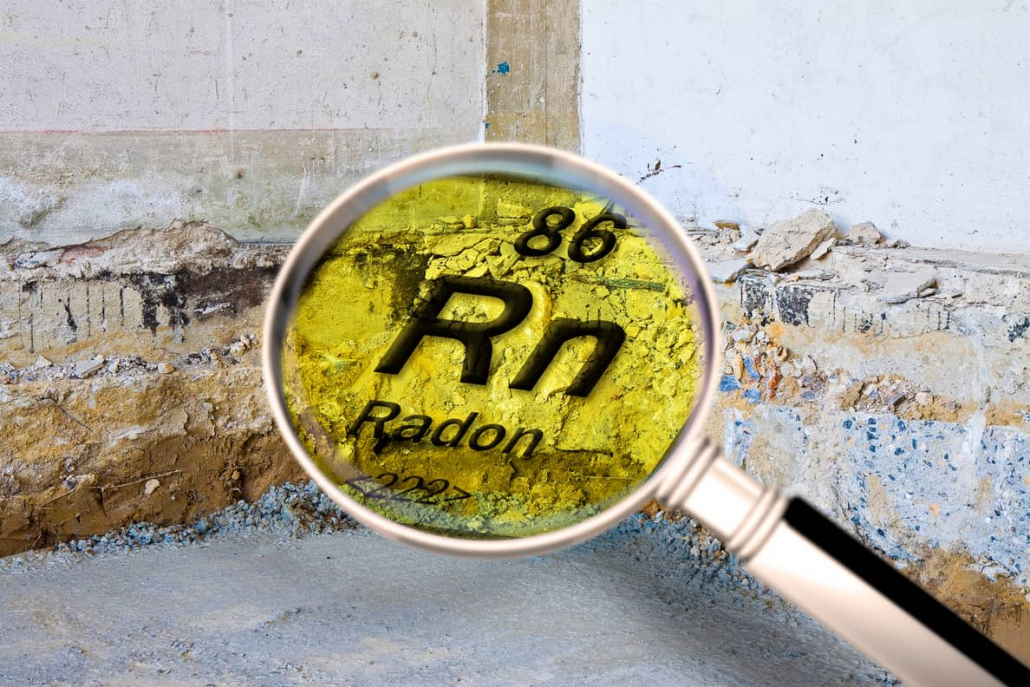
Can I Buy The Home
If the house is what you want it to be then you should buy it and a radon mitigation system already installed would be considered a great perk. It is one less item that you need to install in your home for safety and health. If the home does not have a radon mitigation system already installed then you can get a test completed quickly and for free. When your results come back from the test, you can determine if a radon mitigation system should be installed at the time of your home purchase.
How Much Does It Cost
Radon testing can be fairly inexpensive and often can be free. Your local health department wants to make sure that your family’s health and safety are a top priority. If you are to pay for radon testing, you are likely going to pay the national average of $125 to $275 per test. If you need radon testing, then it might be a better idea to get a full home inspection with radon testing. A full home inspection will cost you between $300 and $450 depending on where you live. Also, not all home inspection teams offer radon testing, so make sure that the one that you choose does offer this service. If you buy a home that doesn’t have a radon mitigation system and need to have one installed, it will likely cost you between $750 and $5,000. The size of your home can determine the cost.
Other Recommended Maintenance
Now that you have your answers regarding buying a house with a radon mitigation system. Let’s look at how radon actually enters the home. This is a great topic to read up on. Homeowners typically become more at ease regarding their homes once they understand something as natural as radon and radon gas. Read up on how radon enters the home. Determine if you need a radon mitigation system or just regular testing of your home.
Next, it is always a good idea to find out who is responsible for paying for a radon mitigation test if you are buying a home. Let’s pretend that there is no radon mitigation system in place, but you want to know what the radon levels of the home might be before purchasing. Go ahead and research if it is the buyers’ cost or the sellers’ cost. Keep in mind, when buying a home, the least amount of expenses the more money saved for future projects. Knowing is power when purchasing a home.
Lastly, if you want the facts, understand how often you should test for radon. Let’s be honest, how many homeowners have purchased a house and their first or second thought is radon testing? It’s not a popular topic and is rarely mentioned in home purchase negotiations. However, you should always have all of the information available to you. Understanding how often you will need to test for radon can support the idea of buying a home with a radon mitigation system.
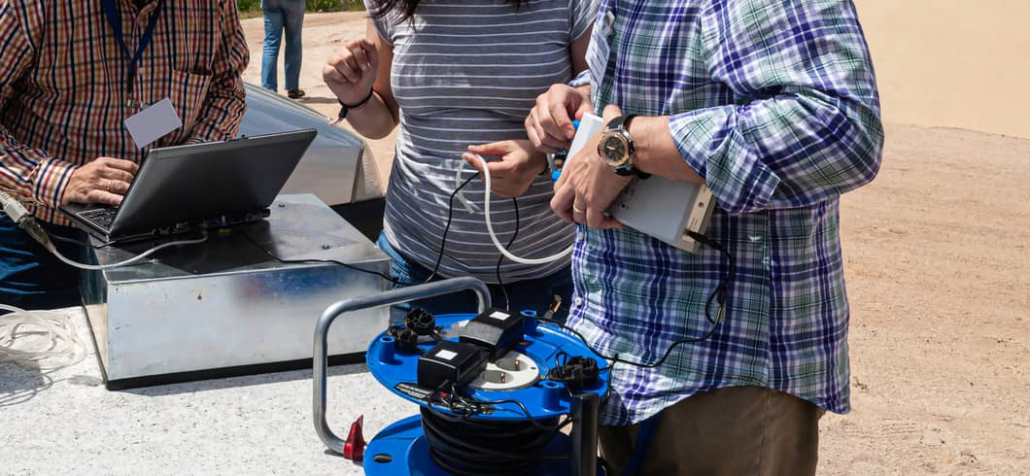
When Do I Call A Professional
Purchasing a home no matter what the condition can be completely up to the homebuyer. If a radon mitigation system is already installed in the home then just go ahead and buy it, if buying the house makes sense for you. Most would consider this extra item to be a bonus at the time of home purchase. Ensuring that your family’s health and safety are covered by this system is a plus. After you have purchased the home, have the radon mitigation system tested and your home tested for radon gas. This can ensure that the gas is being released into the atmosphere as planned and the home is safe to live in.
Conclusion
Radon testing can definitely be a part of the home inspection and buying process. The idea of getting a radon test on your home is a great idea for the seller and the buyer. Not only does this validate that the seller is offering a safe home. It also validates that the buyer is purchasing a healthy and safe home for their family. Whenever you are dealing with a gas that is odorless and tasteless like radon or carbon monoxide, then having warning systems in place only makes sense.
Before you purchase your home or even conclude renovations to your existing home, call on your local home inspection team. They can conduct a radon mitigation inspection. They can determine if there are any issues in the home with regards to radon. Then they can offer a safe radon mitigation system if the levels are too high. Heartland Inspections services are happy to conduct a home inspection or radon inspection in the great Minneapolis-St. Paul and surrounding areas.

